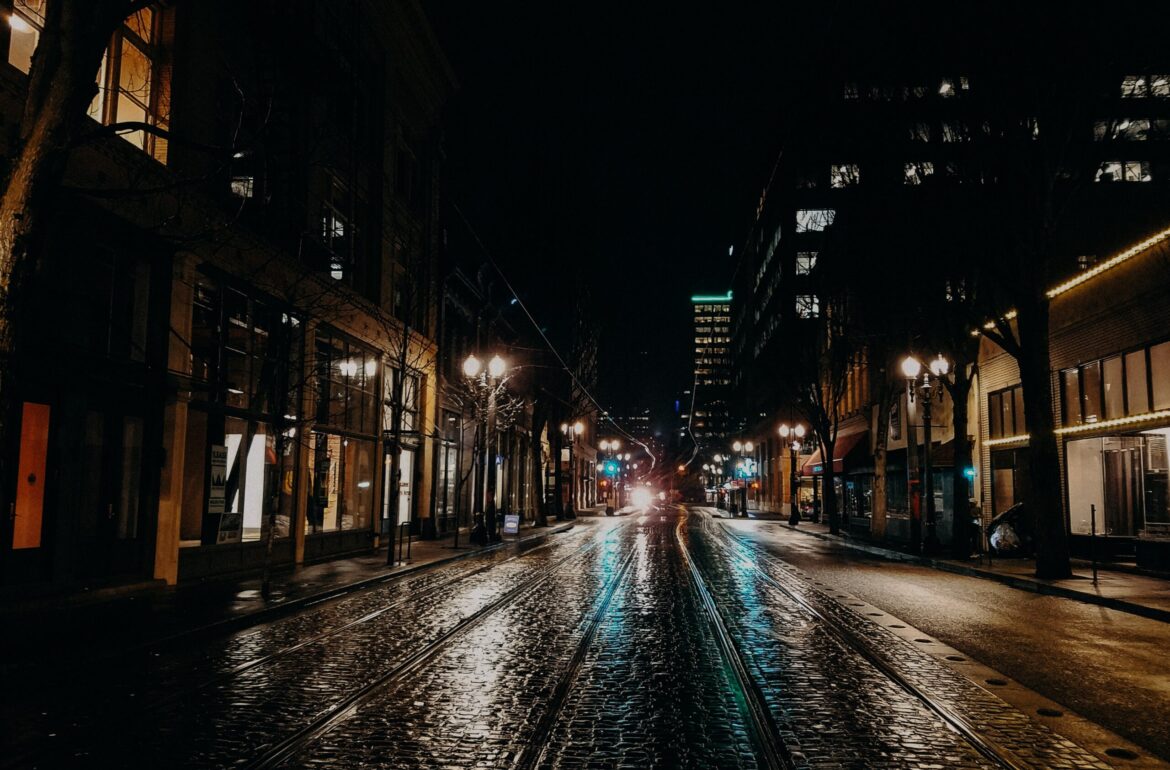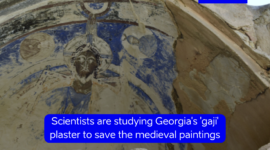Street lighting may meet requirements, but to the road user it can still feel like visibility is not good enough. Toivo Varjas, a researcher at Tallinn University of Technology, proposes a solution on how to assess the level of lighting perceived by a person easier, faster and more precisely than before, whether it is dim or completely dark outside.
“Almost 75 years ago, we found out that humans perceive light with sensors in the eye in the blue-green spectrum more sensitively in dark and dim conditions. Now it is LED lighting that offers us the best technical solution for lighting in this part of the light spectrum,” says Varjas.
In his doctoral thesis, he introduces an innovative measuring device and the methodology of its use, thanks to which significantly more factors than before can be taken into account when planning street lighting. For the road user, this means more favourable street lighting in the future, but presumably also safer traffic on Estonian roads.
What exactly is it?
According to Toivo Varjas, the way we perceive light is affected by many different circumstances. If the street lighting is not good for visibility, it may mean that some of them have not been taken into account when installing the lighting. For example, the material of the road surface, the reflectivity of the road surface and markings, the angle of incidence of the light or other light sources located next to the road, including large flashing and bright LED advertisements, may be neglected.
It may also be that the environment in a general sense has not been taken into account. For example, it may not have been taken into consideration whether the location is a city or a rural area, whether the road is long and straight or curved, whether it is in a cold or warm climate, whether there is a pavement, pedestrian crossing nearby, and so on.
It’s also not taken into account the fact that a person perceives lighting and colours during the day quite differently than at dusk or at night. It’s no secret that even the blue-black-white flag doesn’t look like the right colours in every artificial light. What can be done to make sure the colours are correct in bright light and in the dark? That’s exactly the kind of advice Toivo Varjas recently gave to members of the government.
The topic of street lighting can also be linked to psychology, because a person cannot explain or understand everything by themselves. Varjas explains that at crossroads with higher traffic density, a colder light temperature helps to create a safer traffic environment. Namely, it promotes wakefulness and a clearer perception of the surrounding environment. However, in a home environment, colder light in the morning and warmer light in the evening may be preferred. “Of course, it depends on the person,” states Varjas.
Standard documents are outdated
Why is a new solution essential? The main reason is that the quality of street lighting largely depends on the level of traffic safety, as well as the safety of the living environment at dusk and in the dark.
With the measuring device invented by Toivo Varjas, it is possible to measure and evaluate various quantities characterising the light reflected from the surface of road surfaces based on the spectrum. You can get a better idea of the luminance, luminance factor, reduced luminance factor and colour of the surface from the road’s surface.
It has not been possible to directly measure or implement these things with a single device until now. Street lights that work at different light colour temperatures are already making their way to our streets. “All of this gives us an opportunity to use lighting for a better evaluation of the light perceived by humans and the environment,” explains Varjas.
The characteristics of new LED light sources and road surfaces used in street lighting have created a conflicting situation with their rapid development, where normative documents evaluating lighting have fallen behind the times in terms of their definitions.
“Lighting solutions used in outdoor lighting, new materials for road surfaces and binders – all of these change the environment in which the light reflected from the road surface is seen by the driver,” Varjas points out. According to him, the quantities that characterise lighting need to be evaluated, designed and measured with modern tools on the right basis.
“Therefore, in the course of scientific research, there was a need to develop a new measurement method that would increase the universality of measurements, significantly reduce the volume of measurement work and ensure significantly greater measurement accuracy, excluding the influence of weather and environmental conditions and extraneous disturbing light,” states Varjas in the summary of his work.
How do you use the new invention?
A more accurate and faster assessment is carried out as follows. First, the values characterising the lighting illuminance induced by the lighting installations as a result of the application of the measurement method and the measuring tool are imitated. These values are taken as reference values.
Then, based on the reference values, the values of the quantities characterising the light reflection of the road surfaces can be estimated from many different surfaces including asphalt and concrete and for the various additives used in them.
Finally, the application of the device considers the effect of the spectral composition of the visible light when estimating the light reflected from the surface. That allows us to propose safer and more efficient solutions for the traffic environment.
The proportion of variables affecting measurements is now smaller.
Varjas emphasises that both analysis and classification of measurement uncertainty factors were done for the existing measurement methods. The new methodology allows us to reduce the influence of variables on measurement results as much as possible. Thus, the uncertainty of the road surface lighting measurement results is significantly reduced.
The innovative solution described and analysed in the doctoral thesis enables significantly higher measurement accuracy. As a result, the measurement uncertainty drops from the current 40-50 percent to 10 percent.
Due to its ease of use and higher measurement accuracy, the practical value of the new method and device lies in the possibility of using them, especially for light technical measurements, in accredited measurement laboratories whose measurement operations, including measurement uncertainty, are subject to heightened requirements.
“Research continues, as new lamps with adjustable characteristics are still being introduced in outdoor lighting. The first of these have already arrived in Tartu’s street lighting for testing,” says Varjas.
The translation of this article from Estonian Public Broadcasting science news portal Novaator was funded by the European Regional Development Fund through Estonian Research Council.
 Back
Back



